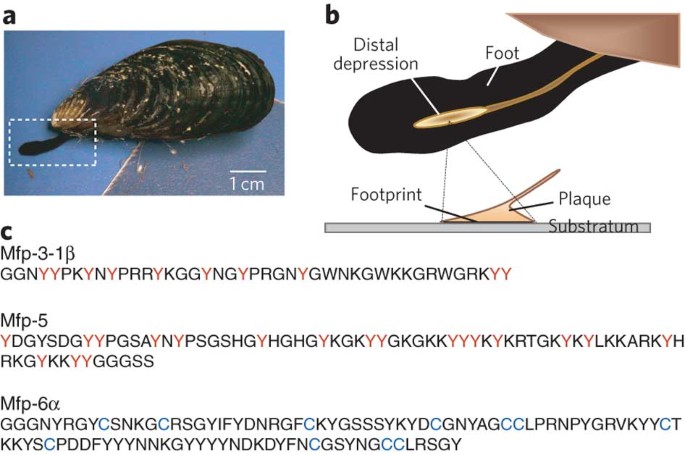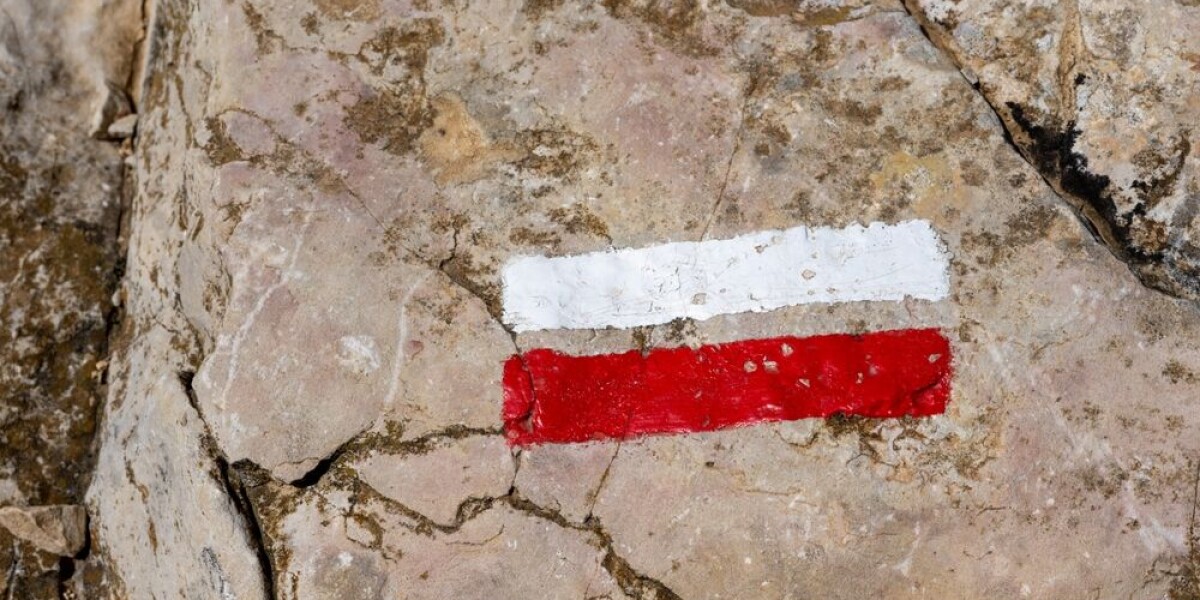
- Select a language for the TTS:
- UK English Female
- UK English Male
- US English Female
- US English Male
- Australian Female
- Australian Male
- Language selected: (auto detect) - EN
Play all audios:
April 23, 2025 Eslem Ben Arous, _Centro Nacional de Investigación sobre la Evolución Humana (CENIEH)_ and Eleanor Scerri, _Max Planck Institute of Geoanthropology_ New research presents
evidence of a wet forest environment 150,000 years ago in Côte d'Ivoire. August 14, 2024 Anthony Clarke, _Curtin University_; Chris Kirkland, _Curtin University_, and Stijn Glorie,
_University of Adelaide_ The centre of solstice activities at Stonehenge is the Altar Stone – a large sandstone slab of uncertain origins. Our new work has found a match for it all the way
in Scotland. June 9, 2024 Zineb Moubtahij, _Leiden University_ Findings from a new study challenge the traditional view that a heavy reliance on plant-based diets started only with the
advent of agriculture. February 22, 2024 Penny Spikins, _University of York_ Out of Darkness attempts at historical accuracy are a welcome surprise, and what’s more, it is fun to watch.
February 15, 2024 Stephanie Piper, _University of York_ The find represents Europe’s largest human-made megastructure. January 18, 2024 Anders Götherström, _Stockholm University_ and Emrah
Kırdök Genetic analysis reveals one of the teenagers probably had advanced gum disease. October 4, 2023 Maria Guagnin, _Max Planck Institute of Geoanthropology_; Giulio Lucarini, _National
Research Council (CNR)_, and Michael Petraglia, _Griffith University_ A close look at 7,000-year-old grinding stones left in ancient firepits shows wandering herders in northern Saudi Arabia
carried heavy tools for working on bones, plants and rocks. July 26, 2023 Adam "Ben" Rohrlach, _University of Adelaide_ and Maïté Rivollat, _Université de Bordeaux_ In the largest
study of its kind, researchers have used DNA from a 6,700-year-old cemetery in France to reconstruct the lives of everyday Neolithic people. March 22, 2023 Oliver Davis, _Cardiff
University_ Since 2011, professional and amateur archaeologists in Cardiff have been unearthing prehistoric artefacts. But last summer, they began to discover something even more
extraordinary. May 30, 2022 Mark Pagel, _University of Reading_ Around 200,000 years ago, people were living who were as intelligent as us. December 29, 2021 Nicholas R. Longrich,
_University of Bath_ The stone age saw a pattern where technologies like spears, fire and bows were invented once, then spread May 5, 2021 Jessica Thompson, _Yale University_; David K.
Wright, _University of Oslo_, and Sarah Ivory, _Penn State_ Combining evidence from archaeology, geochronology and paleoenvironmental science, researchers identified how ancient humans by
Lake Malawi were the first to substantially modify their environment. May 5, 2021 Simon Armitage, _Royal Holloway University of London_ Burials seem to have been uncommon in Africa some
80,000 years ago, although they were widespread in Eurasia. February 15, 2021 Mike Parker Pearson, _UCL_ A remarkable set of discoveries has confirmed that parts of Stonehenge first stood
140 miles away at Waun Mawn, west Wales. August 12, 2020 Matt Pope, _UCL_ The Boxgrove people, like all other human species, were capable of sharing time, care and knowledge in all parts of
their life. June 26, 2020 Vince Gaffney, _University of Bradford_ and Chris Gaffney, _University of Bradford_ Archaeologists reveal two-kilometre ring of pits around the neolithic Durrington
Walls by studying old geophysical surveys. September 25, 2019 Julie Dunne, _University of Bristol_ Ancient farmers ensured their children were fed and entertained in a similar way to modern
parents. August 27, 2018 Alice Gorman, _Flinders University_ Stone working is one of the most successful technologies used by humans, from 3.3 million years ago to the present day. So don’t
think its “primitive”. March 15, 2018 Patrick Randolph-Quinney, _University of Central Lancashire_ and Anthony Sinclair, _University of Liverpool_ Scientists have discovered sophisticated
tools in Kenya that are much older than expected. January 10, 2018 Jan Apel, _Lund University_ Scandinavia was populated by two main migrations, making its first inhabitants more genetically
diverse and adapted to harsh climates than those in the rest of Europe.







